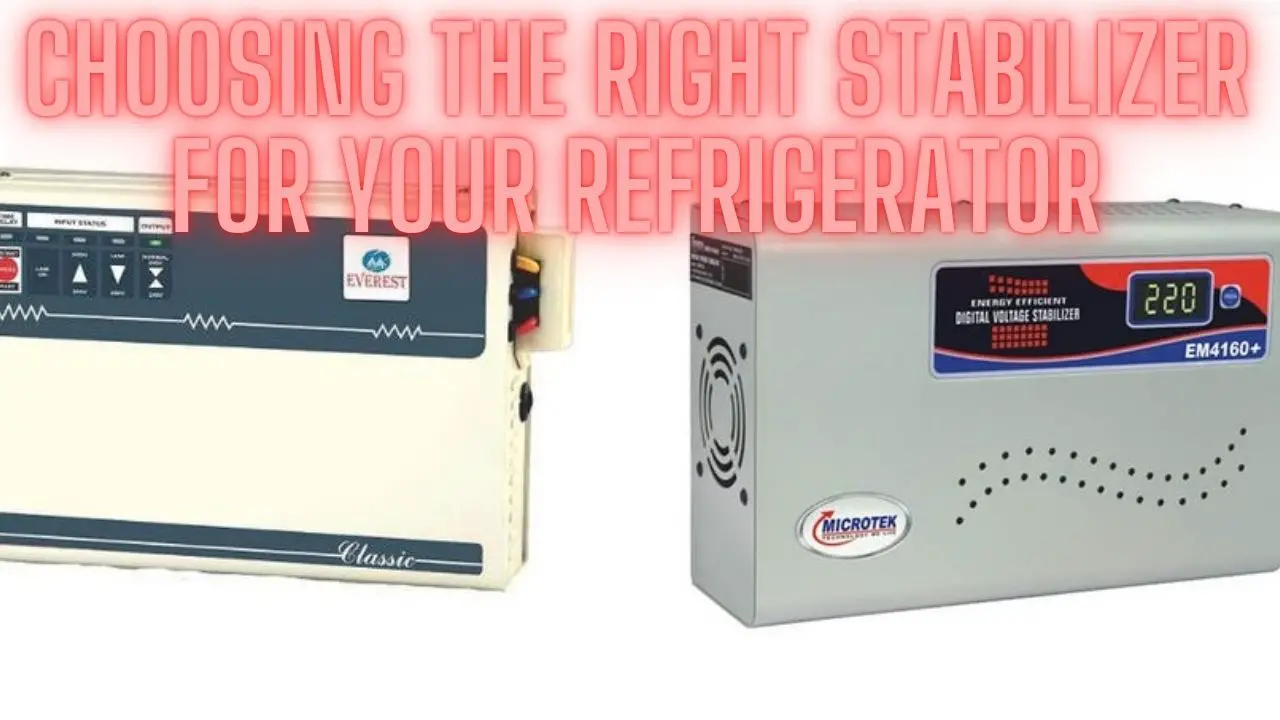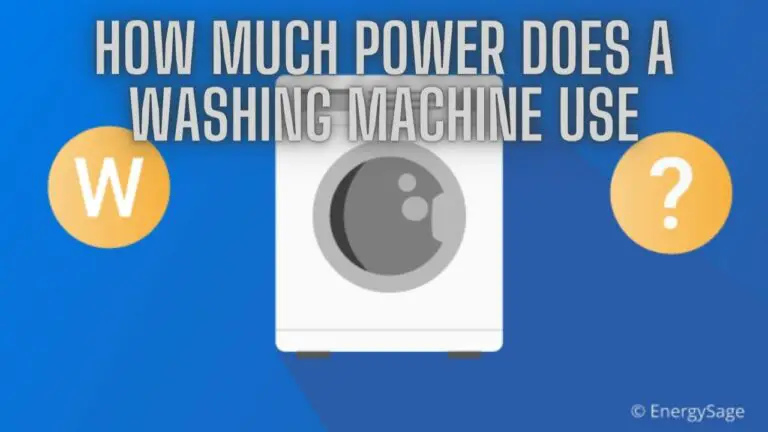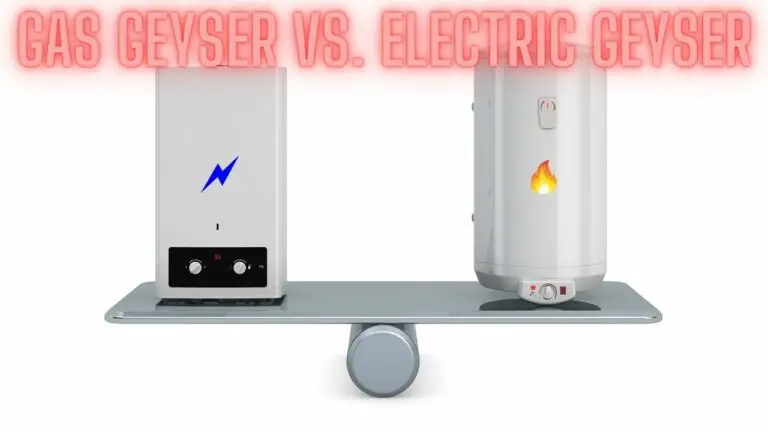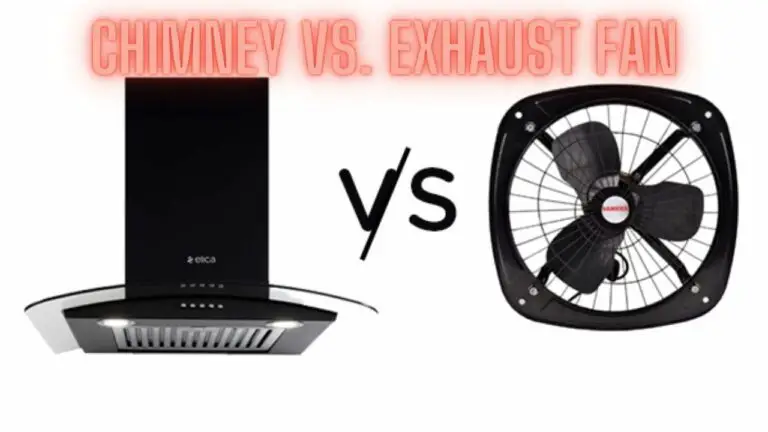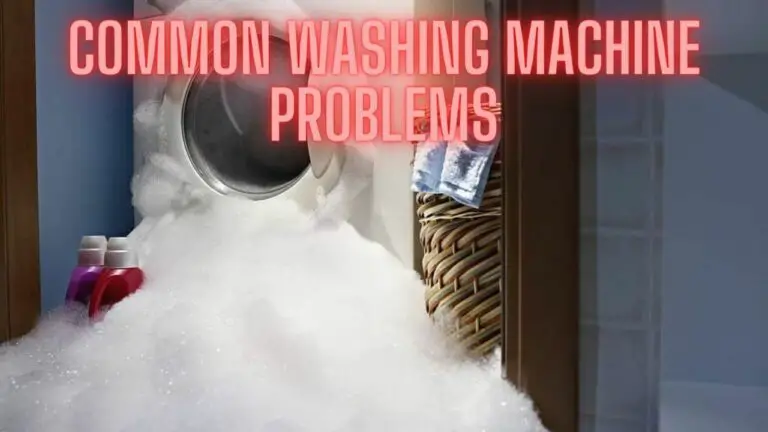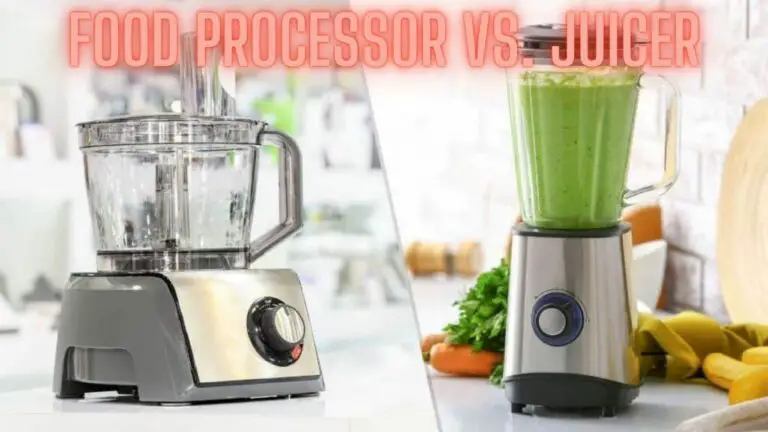Choosing the Right Stabilizer for Your Refrigerator
Introduction
Refrigerators are essential appliances in modern households, helping to preserve food freshness and prolonging the shelf life of perishable items. However, fluctuations in voltage and electrical surges can pose a threat to the reliable operation of refrigerators, potentially causing damage to sensitive electronic components and affecting performance. To safeguard your refrigerator against voltage fluctuations and ensure uninterrupted operation, choosing the right stabilizer is crucial.
In this guide, we will explore the importance of stabilizers for refrigerators, the different types available, and the factors to consider when selecting the appropriate stabilizer for your refrigerator. Understanding the role of stabilizers and making an informed choice can help protect your refrigerator investment and maintain food safety and freshness. Let’s delve into the world of stabilizers for refrigerators and learn how to choose the right one for your needs.
Understanding Voltage Stabilizers
Voltage stabilizers, also known as voltage regulators or voltage controllers, are electrical devices designed to maintain a stable voltage output despite fluctuations in the input voltage from the main power supply. These fluctuations can occur due to various factors such as voltage spikes, surges, sags, or brownouts, which can damage sensitive electronic equipment and appliances.
Voltage stabilizers function by continuously monitoring the incoming voltage and adjusting the output voltage to ensure it remains within a predetermined range, typically the desired operating voltage of the connected appliances. They act as a buffer between the main power supply and the appliances, providing a stable and consistent voltage output regardless of fluctuations in the input voltage.
Key components of voltage stabilizers include:
- Voltage Sensor: Detects variations in the input voltage and sends signals to the control circuitry for adjustment.
- Control Circuitry: Processes the input signals from the voltage sensor and regulates the output voltage accordingly.
- Voltage Regulator: Adjusts the output voltage by controlling the flow of electricity through the stabilizer’s circuitry, either by boosting or reducing the voltage as needed.
- Transformer (in some models): Some voltage stabilizers incorporate transformers to step up or step down the voltage before it reaches the output terminals, providing additional voltage regulation and isolation from the main power supply.
Voltage stabilizers are available in various types and configurations to suit different applications and voltage requirements. Common types of voltage stabilizers include:
- Servo Voltage Stabilizers: Utilize a servo motor-controlled variable transformer to adjust the output voltage continuously and accurately in response to fluctuations in the input voltage. Servo stabilizers are suitable for sensitive electronic equipment and appliances that require precise voltage regulation.
- Relay Type Voltage Stabilizers: Employ electromagnetic relays to switch taps on autotransformers, providing step-like voltage regulation to maintain a stable output voltage within a predetermined range. Relay stabilizers are cost-effective and suitable for general-purpose applications with moderate voltage fluctuations.
- Static Voltage Stabilizers: Use solid-state electronic components such as thyristors or transistors to regulate the output voltage without mechanical moving parts. Static stabilizers offer fast response times, high efficiency, and precise voltage regulation, making them suitable for critical applications and sensitive electronic devices.
Voltage stabilizers play a crucial role in protecting electronic equipment and appliances from voltage fluctuations and ensuring reliable operation. By maintaining a stable voltage output within the acceptable range, voltage stabilizers help extend the lifespan of appliances, reduce the risk of damage, and enhance overall performance and efficiency. Understanding the function and types of voltage stabilizers can help you choose the right stabilizer for your specific needs and ensure the proper operation of your appliances.
Importance of Stabilizers for Refrigerators
The importance of stabilizers for refrigerators cannot be overstated, as they play a critical role in protecting these essential appliances from voltage fluctuations and ensuring their reliable operation. Here are several reasons why stabilizers are important for refrigerators:
- Voltage Fluctuations Protection: Refrigerators are sensitive electronic appliances that require a consistent and stable voltage supply to function properly. Voltage fluctuations, such as surges, spikes, sags, or brownouts, can occur due to various factors such as lightning strikes, power grid issues, or electrical equipment operation. These fluctuations can damage the sensitive electronic components of refrigerators, leading to malfunctions or complete failure. Stabilizers protect refrigerators by maintaining a stable voltage output within a safe operating range, regardless of fluctuations in the input voltage.
- Prevention of Damage: Voltage fluctuations can cause significant damage to the compressor, motor, control board, and other electronic components of refrigerators. Sudden voltage spikes or surges can overload these components, leading to overheating, electrical arcing, or burnout. Stabilizers act as a barrier between the main power supply and the refrigerator, regulating the voltage to prevent damage and ensure the long-term reliability of the appliance.
- Extended Lifespan: By providing consistent and stable voltage regulation, stabilizers help prolong the lifespan of refrigerators. Continuous exposure to voltage fluctuations can accelerate wear and tear on internal components, reducing the overall lifespan of the appliance. Stabilizers protect against premature failure and costly repairs by maintaining optimal operating conditions and minimizing stress on the refrigerator’s electrical system.
- Food Safety and Preservation: Refrigerators are essential for preserving food freshness and preventing spoilage. Any interruption in refrigerator operation due to voltage fluctuations can compromise food safety and lead to food spoilage or contamination. Stabilizers ensure uninterrupted operation of refrigerators, even during power fluctuations, by providing a stable voltage supply. This helps maintain consistent temperature levels inside the refrigerator, preserving the quality and freshness of stored food items.
- Peace of Mind: Installing a stabilizer for the refrigerator provides peace of mind for homeowners, knowing that their appliance is protected against voltage fluctuations and electrical damage. With a stabilizer in place, homeowners can avoid costly repairs or replacements resulting from voltage-related issues and enjoy reliable performance from their refrigerator.
Overall, stabilizers are indispensable accessories for refrigerators, offering essential protection against voltage fluctuations and ensuring the reliable operation, extended lifespan, and food safety of these essential appliances. Investing in a quality stabilizer is a prudent decision for homeowners looking to safeguard their refrigerators and preserve the freshness of their stored food items.
Types of Stabilizers for Refrigerators
There are several types of stabilizers designed specifically for refrigerators, each offering different features and levels of voltage protection. Here are the common types of stabilizers for refrigerators:
- Voltage Stabilizer with Delayed Start:
- This type of stabilizer includes a delayed start feature, which prevents the refrigerator from restarting immediately after a power outage. The delay allows time for the voltage to stabilize before the refrigerator’s compressor starts, reducing the risk of damage from voltage fluctuations.
- Servo Voltage Stabilizer:
- Servo voltage stabilizers are precision devices that continuously monitor the input voltage and adjust the output voltage to maintain a stable level. They use a servo motor-controlled variable transformer to regulate voltage fluctuations, providing precise and consistent voltage output for refrigerators.
- Relay Type Voltage Stabilizer:
- Relay type voltage stabilizers use electromagnetic relays to regulate voltage fluctuations. They typically operate by switching taps on autotransformers to adjust the output voltage in response to changes in the input voltage. Relay stabilizers offer cost-effective voltage protection for refrigerators.
- Static Voltage Stabilizer:
- Static voltage stabilizers utilize solid-state electronic components such as thyristors or transistors to regulate voltage fluctuations. They offer fast response times, high efficiency, and precise voltage regulation without mechanical moving parts. Static stabilizers are suitable for sensitive electronic equipment such as refrigerators.
- Digital Voltage Stabilizer:
- Digital voltage stabilizers incorporate advanced digital control technology to monitor and regulate voltage fluctuations. They offer features such as voltage display, overload protection, surge suppression, and voltage cutoff, providing comprehensive voltage protection for refrigerators.
- Microprocessor-Based Voltage Stabilizer:
- Microprocessor-based voltage stabilizers utilize microcontrollers or microprocessors to monitor and control voltage fluctuations with high accuracy. They offer intelligent voltage regulation, adaptive response to changing load conditions, and advanced protection features for optimal performance and reliability.
- Inverter Technology Stabilizer:
- Inverter technology stabilizers use power electronics and inverters to regulate voltage fluctuations. They offer energy-efficient operation, low noise levels, and smooth voltage regulation for refrigerators. Inverter stabilizers are suitable for areas with frequent power fluctuations or unreliable electricity supply.
- Voltage Protector:
- Voltage protectors, also known as surge protectors or voltage guards, are simple devices that provide basic voltage protection for refrigerators. They feature surge suppression and voltage cutoff mechanisms to protect against voltage spikes, surges, and brownouts, ensuring the safety of refrigerators during power fluctuations.
When choosing a stabilizer for a refrigerator, it’s essential to consider factors such as voltage range, capacity, features, and reliability to ensure optimal voltage protection and reliable operation of the appliance. Selecting the right type of stabilizer based on the specific voltage requirements and environmental conditions can help safeguard the refrigerator against voltage fluctuations and extend its lifespan.
Factors to Consider When Choosing a Stabilizer
When selecting a stabilizer for your refrigerator, several factors should be considered to ensure optimal performance, protection, and compatibility. Here are the key factors to consider when choosing a stabilizer:
- Voltage Range:
- Determine the voltage range of the main power supply in your area, including permissible voltage fluctuations. Choose a stabilizer with a voltage range that covers the fluctuations commonly experienced in your locality to ensure effective voltage regulation and protection for your refrigerator.
- Capacity Rating:
- Consider the power consumption and load capacity of your refrigerator to select a stabilizer with an appropriate capacity rating. The stabilizer’s capacity should match or exceed the rated power consumption of your refrigerator to provide sufficient voltage protection and prevent overload situations.
- Type of Stabilizer:
- Evaluate the different types of stabilizers available, such as servo voltage stabilizers, relay type stabilizers, static stabilizers, digital stabilizers, and inverter technology stabilizers. Choose the type of stabilizer that best suits your voltage regulation requirements, budget, and specific features desired, such as delayed start, overload protection, or surge suppression.
- Voltage Regulation Accuracy:
- Assess the voltage regulation accuracy of the stabilizer, which indicates how closely it can maintain the output voltage within the desired range. Look for stabilizers with high precision and tight voltage regulation tolerances to ensure consistent and stable voltage output for your refrigerator.
- Built-in Protection Features:
- Check for built-in protection features such as overload protection, surge suppression, voltage cutoff, short circuit protection, and thermal protection. These features help safeguard your refrigerator against various electrical hazards, ensuring reliable operation and long-term durability.
- Reliability and Durability:
- Choose a stabilizer from a reputable manufacturer known for producing high-quality and reliable voltage stabilization products. Consider factors such as build quality, warranty coverage, customer reviews, and brand reputation to ensure the stabilizer’s durability and performance.
- Installation Requirements:
- Evaluate the installation requirements of the stabilizer, including mounting options, wiring connections, and compatibility with your refrigerator’s power cord. Ensure that the stabilizer can be installed easily and securely, either wall-mounted or floor-mounted, with proper electrical connections.
- Energy Efficiency:
- Consider the energy efficiency of the stabilizer, which can impact electricity consumption and operating costs over time. Look for energy-efficient models with low power losses and high efficiency ratings to minimize energy wastage and reduce electricity bills.
- Budget Considerations:
- Set a budget for purchasing a stabilizer and compare prices and features across different models and brands. Balance your budget constraints with the desired features and quality to choose a stabilizer that offers the best value for your investment.
By considering these factors when choosing a stabilizer for your refrigerator, you can select a reliable and effective voltage regulation solution that provides optimal protection against voltage fluctuations and ensures the safe and uninterrupted operation of your appliance.
Matching Stabilizer Capacity to Refrigerator Load
Matching the stabilizer capacity to the load of your refrigerator is crucial to ensure effective voltage regulation and protection. Here’s how to determine the appropriate stabilizer capacity for your refrigerator:
- Check Refrigerator Power Consumption:
- Refer to the refrigerator’s user manual or specifications to determine its rated power consumption, usually expressed in watts (W) or kilowatts (kW). This information is typically printed on a label or sticker located on the refrigerator.
- Calculate Starting Load:
- Refrigerators often have a higher starting or surge current when the compressor kicks in to start the cooling cycle. To account for this starting load, multiply the refrigerator’s rated power consumption by a factor of 1.5 to 2. This will provide a more accurate estimate of the maximum load that the stabilizer needs to handle during startup.
- Select Stabilizer Capacity:
- Choose a stabilizer with a capacity rating that matches or exceeds the calculated maximum load of your refrigerator. Stabilizer capacities are typically specified in volt-amperes (VA) or kilovolt-amperes (kVA), indicating the maximum load capacity they can handle. Ensure that the selected stabilizer has sufficient capacity to handle both the steady-state and startup loads of your refrigerator without overload.
- Consider Future Expansion:
- If you plan to add more appliances or increase the load on the stabilizer in the future, it’s advisable to select a stabilizer with a slightly higher capacity to accommodate potential expansions. This ensures flexibility and prevents overloading of the stabilizer when additional appliances are connected.
- Consult Manufacturer Recommendations:
- Some refrigerator manufacturers may provide specific recommendations or guidelines for selecting a compatible stabilizer based on the refrigerator model and power requirements. Consult the manufacturer’s recommendations or contact their customer support for assistance in choosing the right stabilizer capacity for your refrigerator.
- Professional Assistance:
- If you’re unsure about the appropriate stabilizer capacity or need assistance in selecting the right model, consider seeking advice from a qualified electrician or technician. They can assess your refrigerator’s load requirements, recommend suitable stabilizer options, and ensure proper installation and compatibility with your electrical system.
By matching the stabilizer capacity to the load of your refrigerator and considering factors such as starting load, future expansion, and manufacturer recommendations, you can select a stabilizer that provides optimal voltage regulation and protection for your appliance. Ensuring the proper sizing and installation of the stabilizer helps safeguard your refrigerator against voltage fluctuations and extends its lifespan while ensuring reliable performance and energy efficiency.
Installation and Maintenance Tips
Installation and maintenance are essential aspects of ensuring the proper functioning and longevity of a stabilizer for your refrigerator. Here are some installation and maintenance tips to follow:
Installation Tips:
- Location: Install the stabilizer in a well-ventilated area with sufficient space around it for proper airflow and heat dissipation. Avoid installing it in enclosed spaces or near heat sources that can affect its performance.
- Mounting: Securely mount the stabilizer on a stable surface using appropriate mounting hardware. Ensure that it is positioned securely and level to prevent vibrations or movement during operation.
- Electrical Connections: Follow the manufacturer’s instructions for wiring connections and ensure proper grounding of the stabilizer. Use high-quality electrical cables and connectors to establish secure and reliable connections with the main power supply and the refrigerator.
- Voltage Calibration: Calibrate the stabilizer according to the voltage requirements of your refrigerator and the permissible voltage fluctuations in your area. Adjust the voltage settings as necessary to ensure optimal voltage regulation and protection for your appliance.
- Compatibility: Ensure that the stabilizer is compatible with your refrigerator’s power rating and electrical specifications. Check the stabilizer’s capacity and voltage range to ensure it can handle the load and voltage fluctuations experienced by your refrigerator.
Maintenance Tips:
- Regular Inspection: Periodically inspect the stabilizer for signs of wear, damage, or overheating. Check for loose connections, frayed wires, or corroded terminals that may affect the stabilizer’s performance and safety.
- Cleaning: Keep the stabilizer clean and free of dust, dirt, and debris that can accumulate over time and obstruct airflow. Use a soft brush or compressed air to remove any buildup from the exterior and interior components of the stabilizer.
- Cooling Fans: If the stabilizer is equipped with cooling fans, ensure that they are clean and functional. Check the fan blades for any obstructions and verify that the fans are operating smoothly to prevent overheating of the stabilizer.
- Testing: Periodically test the stabilizer’s voltage regulation and protection features to ensure they are functioning correctly. Use a multimeter or voltage tester to measure the output voltage under load conditions and verify that it remains within the acceptable range.
- Professional Servicing: Schedule regular maintenance and servicing by a qualified technician to inspect and troubleshoot any issues with the stabilizer. Professional servicing can help identify and resolve problems early, ensuring optimal performance and reliability of the stabilizer.
By following these installation and maintenance tips, you can ensure the proper installation, operation, and longevity of the stabilizer for your refrigerator. Regular inspection, cleaning, and testing help prevent potential issues and ensure that the stabilizer continues to provide reliable voltage regulation and protection for your appliance.
Frequently Asked Questions (FAQs)
Can I use a stabilizer meant for other appliances for my refrigerator?
It’s not recommended. Refrigerators have specific voltage and power requirements, and using a stabilizer designed for other appliances may not provide adequate protection.
Is it necessary to have a stabilizer if I live in an area with stable power supply?
While a stable power supply reduces the risk, voltage fluctuations can still occur. A stabilizer adds an extra layer of protection, ensuring the longevity of your refrigerator.
What is the ideal voltage range for a refrigerator stabilizer?
The ideal voltage range depends on the specifications of your refrigerator. Generally, stabilizers operate within a range of 160V to 280V or similar, but it’s crucial to match this with your refrigerator’s requirements.
Can I use a stabilizer for multiple appliances?
It’s possible if the stabilizer has sufficient capacity to handle the combined power requirements of the appliances. However, it’s advisable to use separate stabilizers for critical appliances like refrigerators for better protection.
Do stabilizers consume electricity when the appliance is not in use?
Stabilizers consume minimal electricity when the connected appliance is not in use. The power consumption is generally negligible compared to the overall energy usage of the refrigerator.
Can I install the stabilizer myself, or do I need professional help?
While some stabilizers come with user-friendly installation guides, it’s recommended to seek professional help to ensure correct installation and optimal performance.
How long do stabilizers last?
The lifespan of a stabilizer depends on factors such as usage, quality, and maintenance. A good-quality stabilizer, if properly maintained, can last for several years.
Can I use a stabilizer with an inverter refrigerator?
Inverter refrigerators are designed to handle fluctuations to some extent, but using a stabilizer can provide an added layer of protection, especially in areas prone to frequent voltage fluctuations.
Do stabilizers come with surge protection?
Many stabilizers come with built-in surge protection to safeguard connected appliances from sudden voltage spikes.
Can a stabilizer be used for old refrigerators?
Yes, a stabilizer can be used for old refrigerators to protect them from voltage fluctuations. Ensure that the stabilizer’s capacity matches the power requirements of the refrigerator.
Conclusion
Choosing the right stabilizer for your refrigerator involves understanding the power requirements, voltage fluctuations in your area, and the features offered by different stabilizers. By following this step-by-step guide and considering the frequently asked questions, you can make an informed decision to protect your refrigerator from the unpredictable waves of voltage fluctuations. Remember, a good stabilizer is not just an accessory; it’s a guardian that ensures your refrigerator stays cool and reliable for years to come.

